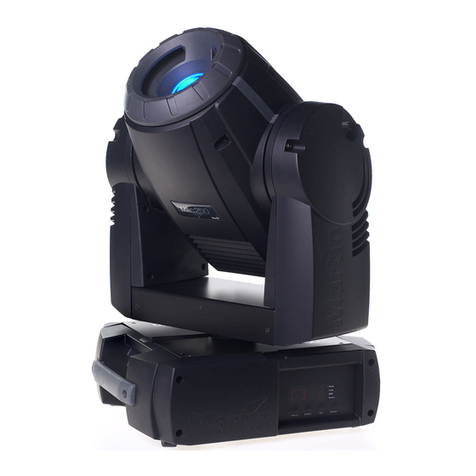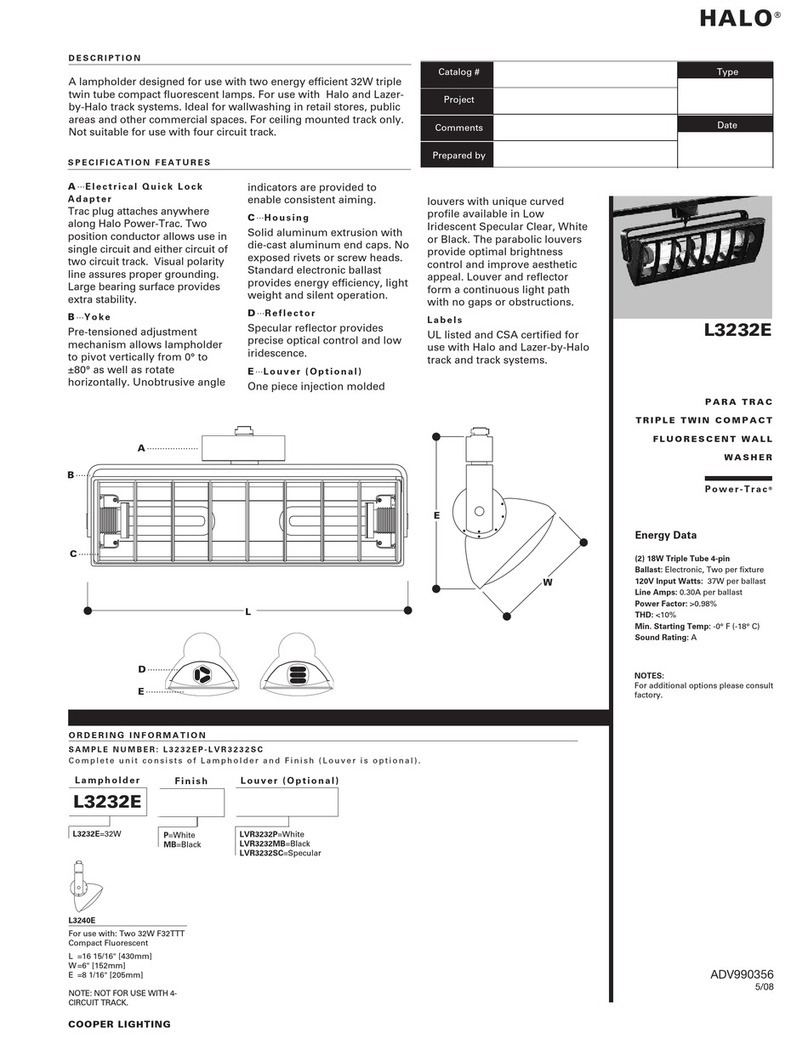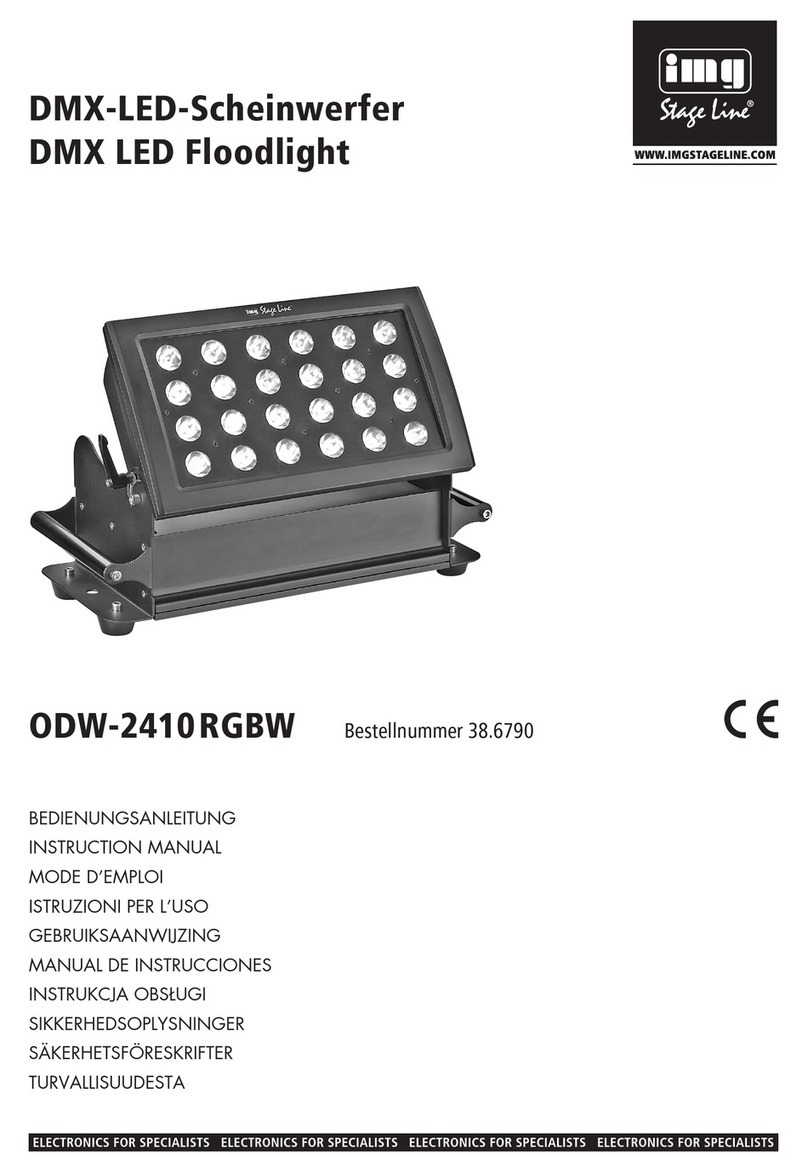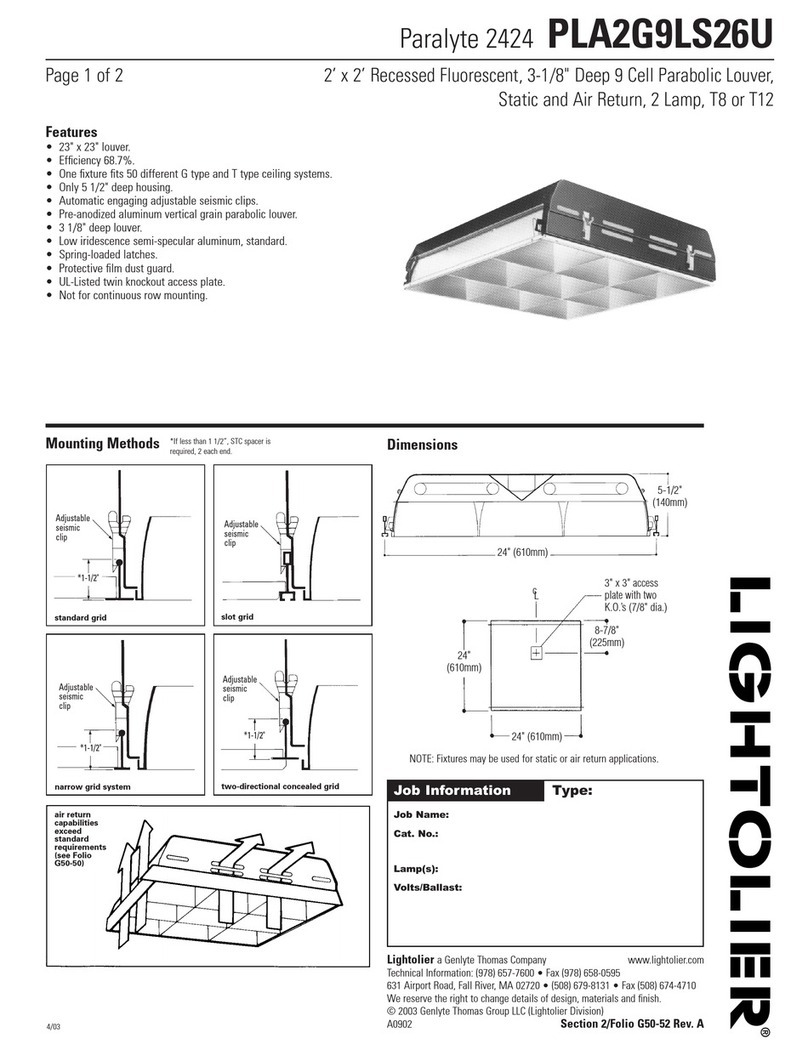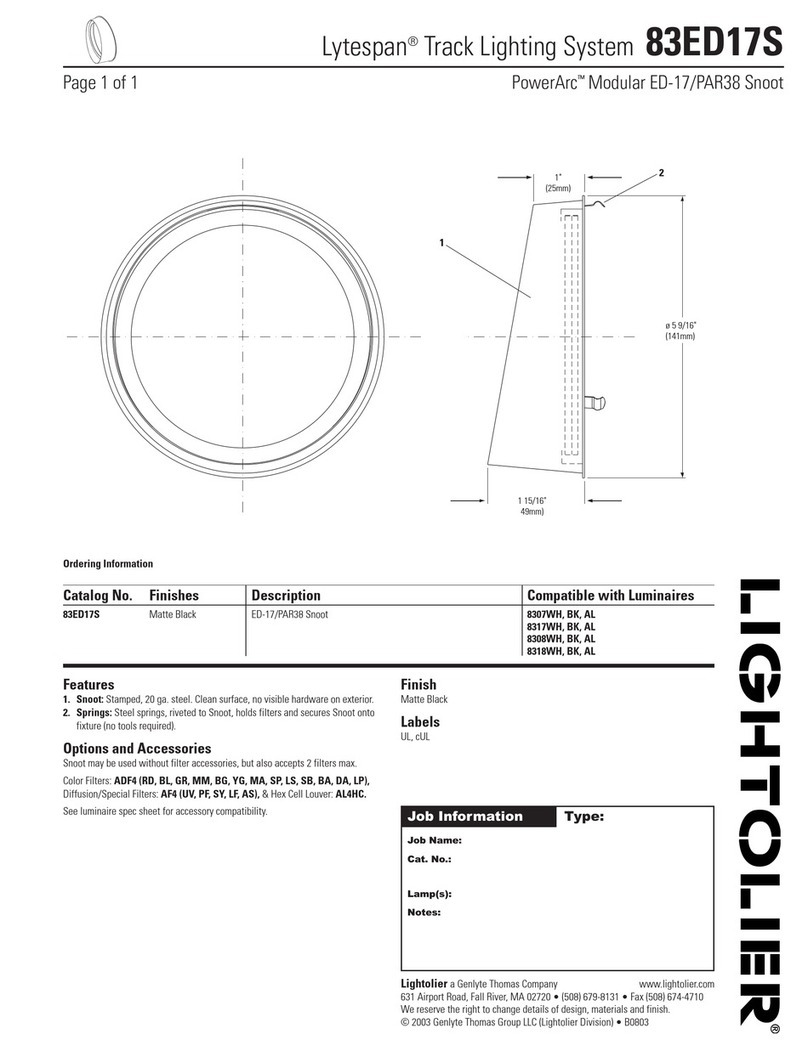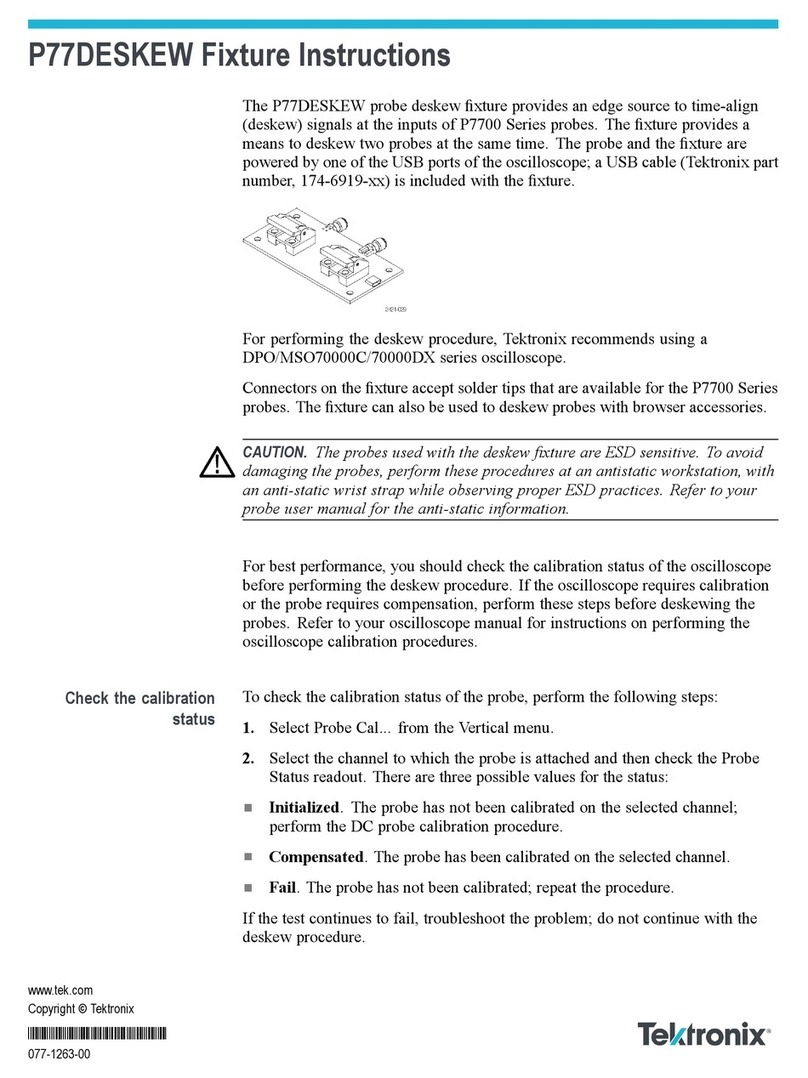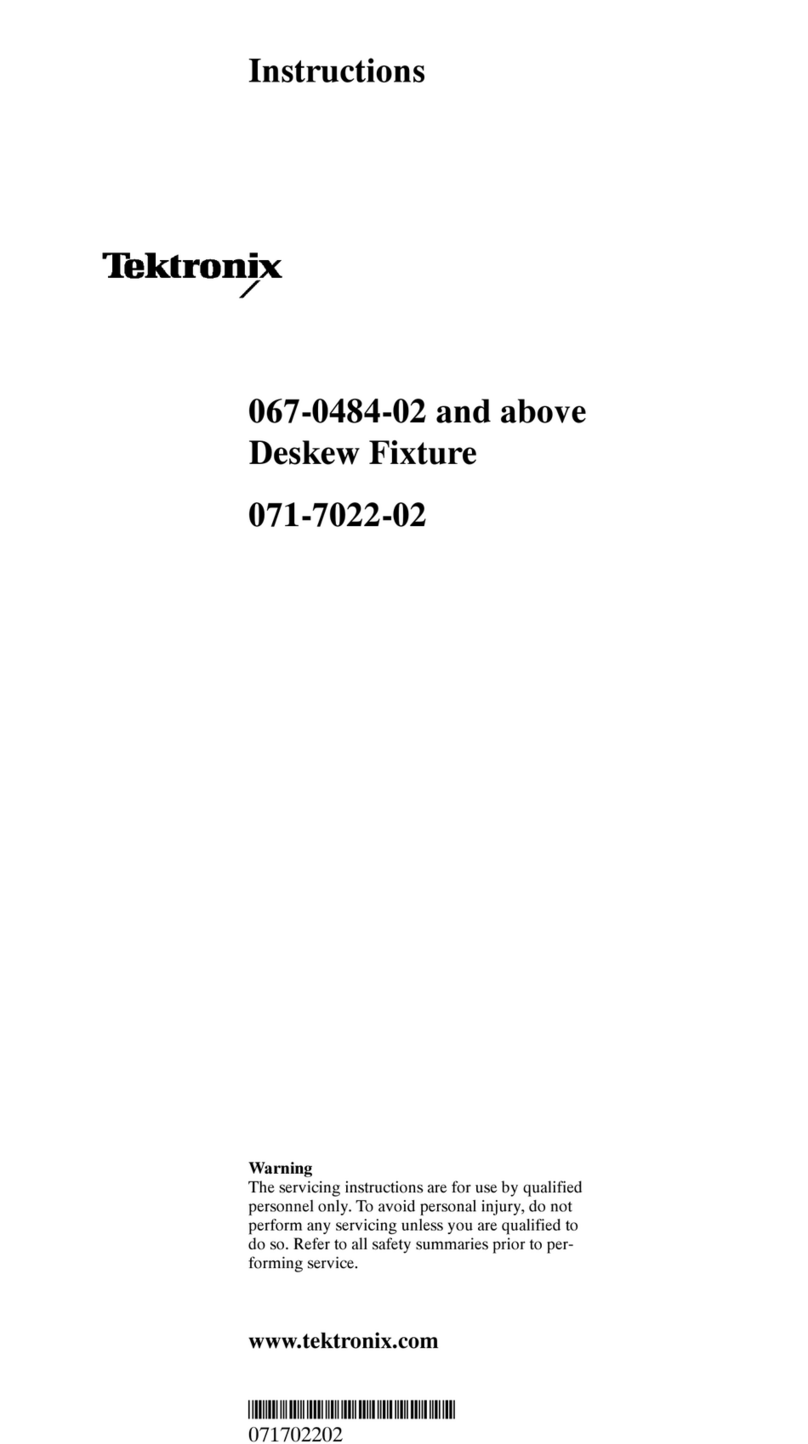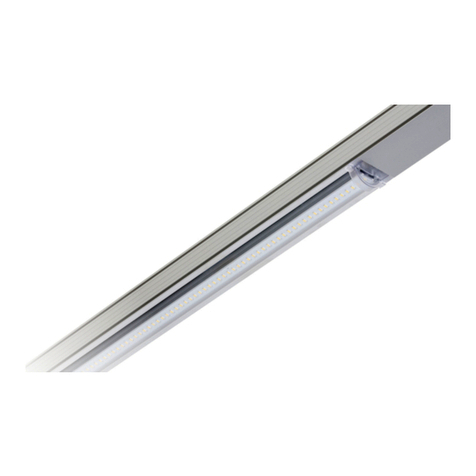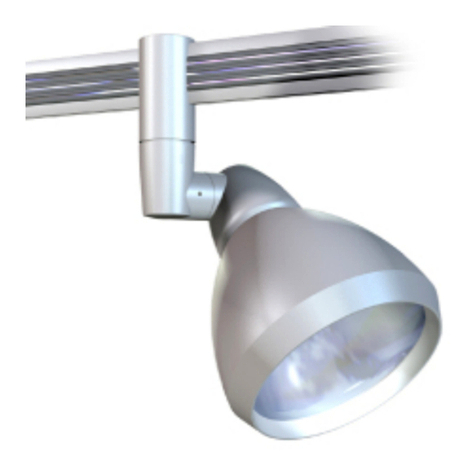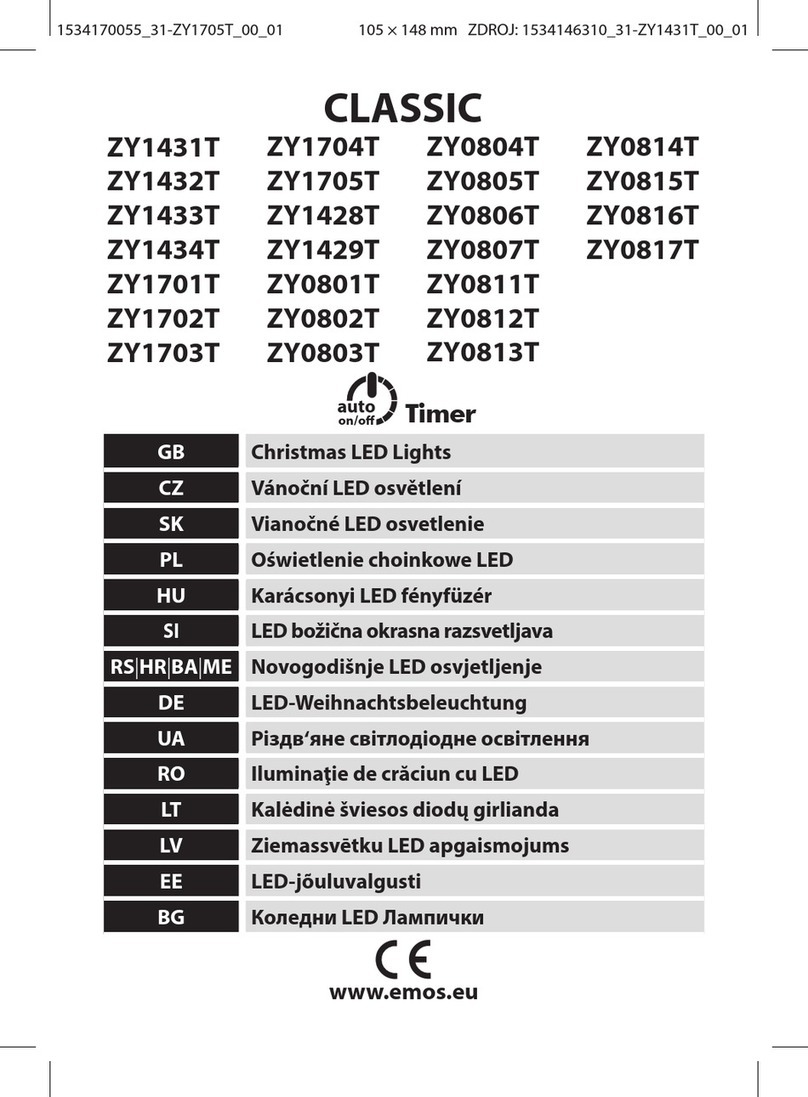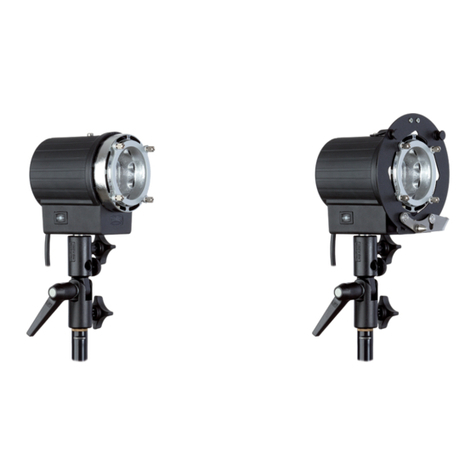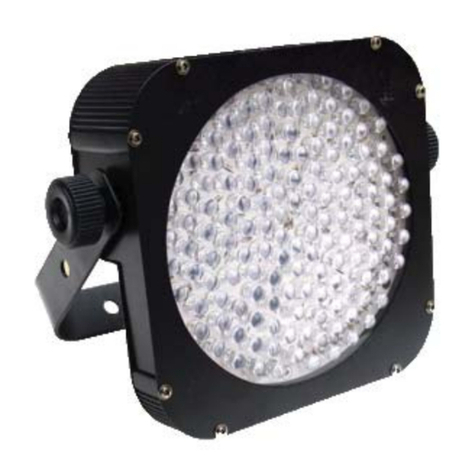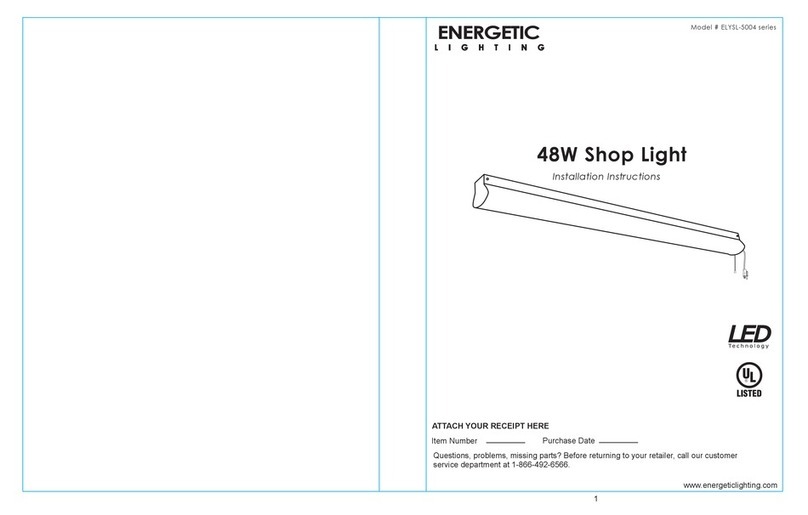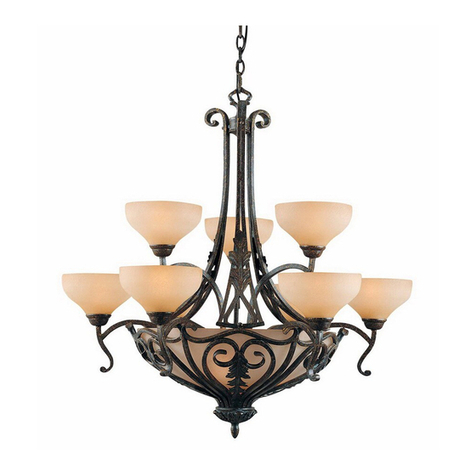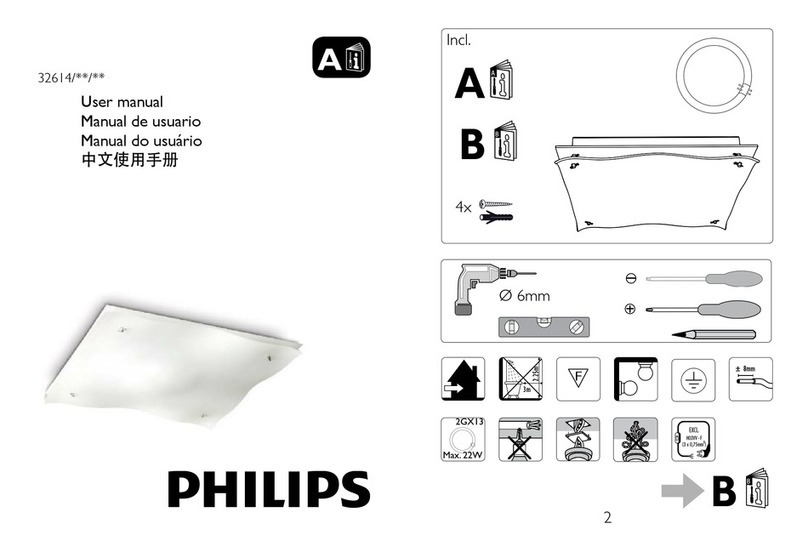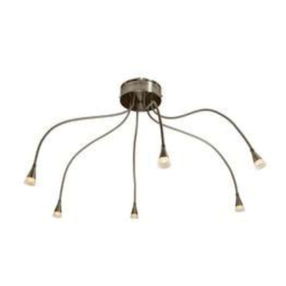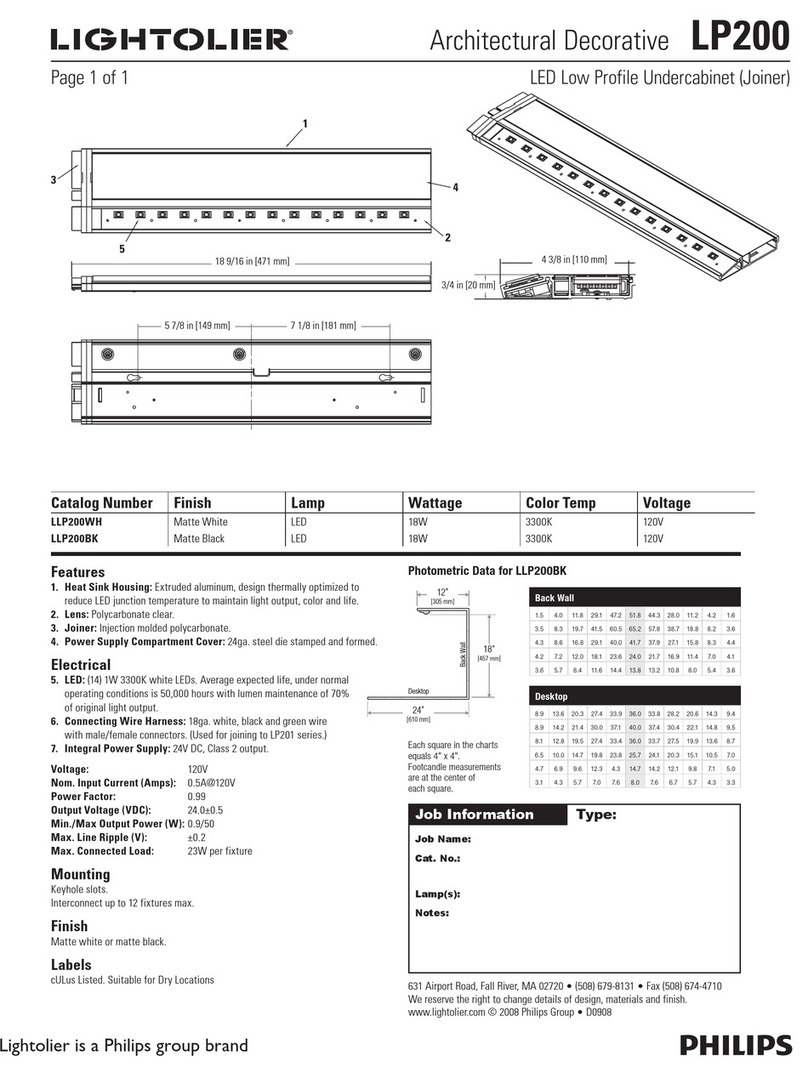
176
OPERATORS SAFETY SUMMARY
The general safety information
in
this part of the summary
is
for both operating and servicing personnel. Specific
warnings
and
cautions will
be
found throughout the manual
where they apply, but may not appear
in
this summary.
TERMS
In
This Manual
CAUTION statements identify conditions or practices that
could result
in
damage to the equipment or other property.
WARNING statements identify conditions
or
practices that
could result
in
personal injury or loss of life.
As
Marked
on
Equipment
CAUTION indicates a personal injury hazard not immediate-
ly
accessible as one reads the marking, or a hazard to prop-
erty including the equipment itself.
DANGER indicates a personal injury hazard immediately
accessible
as
one reads the marking.
SYMBOLS
In
This Manual
This symbol indictes where applicable
cautionary or other information
is
to
be
found.
As
Marked
on
Equipment
ii
~
DANGER -High voltage.
@ Protective ground (earth) terminal.
.& ATTENTION -refer
to
manual.
Power Source
This product
is
intended to operate from a power module
connected to a power source that will not apply more than
250 volts rms between the supply conductors or between
either supply conductor and ground. A protective ground
connection by way of the grounding conductor
in
the power
cord
is
essential for safe operation.
Grounding the Product
This product
is
grounded through the grounding conductor
of the power module power cord.
To
avoid electrical shock,
plug the power cord into a properly wired receptacle before
connecting to the product input or output terminals. A
protective ground connection by way of the grounding con-
ductor
in
the power module power cord
is
essential for safe
operation.
Danger Arising From Loss of Ground
Upon loss of the protective-ground connection,
all
accessible conductive parts (including knobs and controls
that may appear to
be
insulating) can render
an
electric
shock.
Use the Proper Fuse
To
avoid fire hazard, use only the fuse of correct type,
voltage rating and current rating
as
specified
in
the parts list
for your product.
Refer fuse replacement to qualified service personnel.
Do
Not Operate
in
Explosive Atmospheres
To
avoid explosion, do not operate this product
in
an
explo-
sive atmosphere unless it has been specifically certified for
such operation.
Do
Not Operate Without Covers
To
avoid personal injury, do not operate this product
without covers or panels installed.
Do
not apply power to
the plug-in
via
a plug-in extender.
ADD JAN 1982

